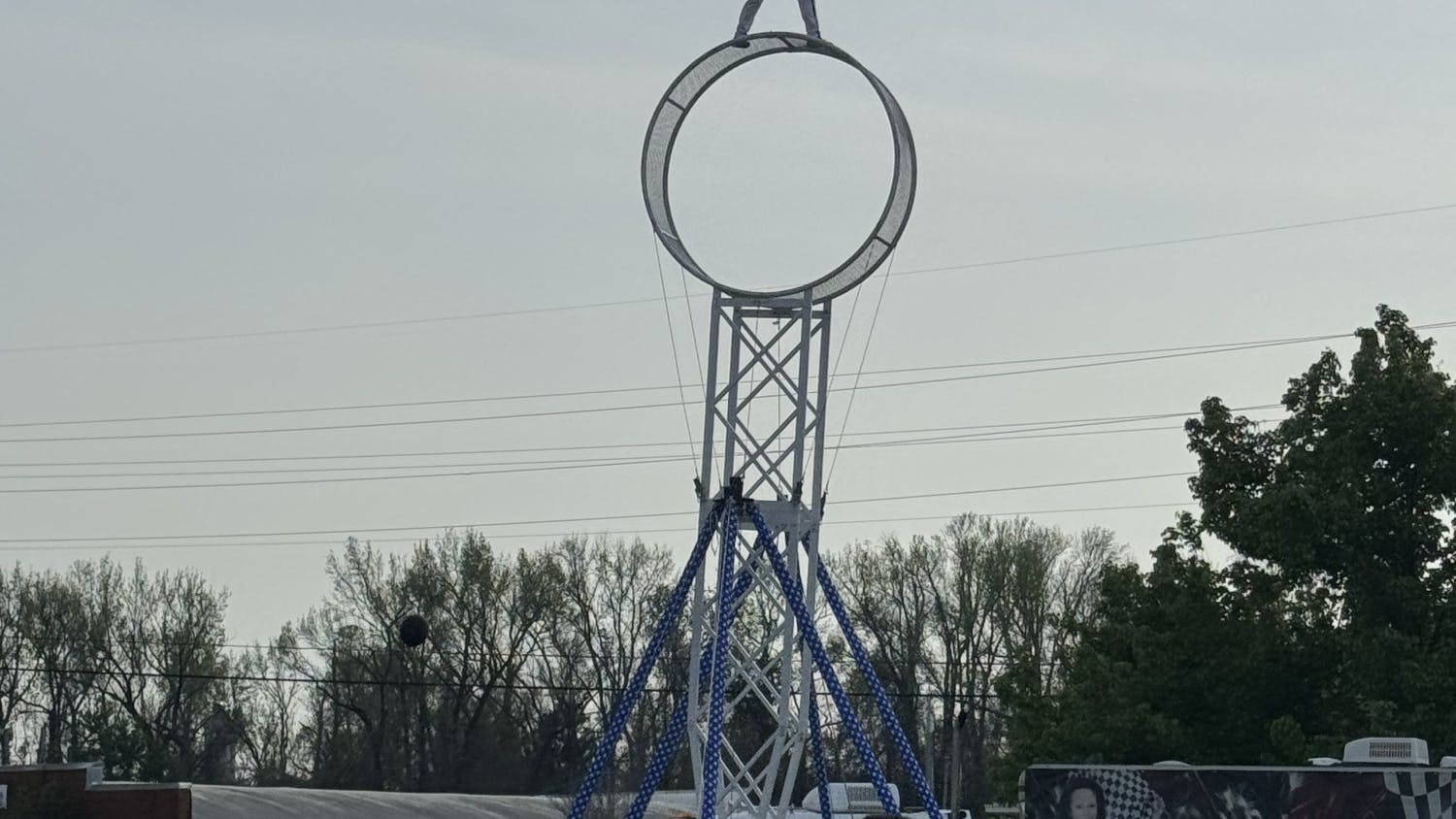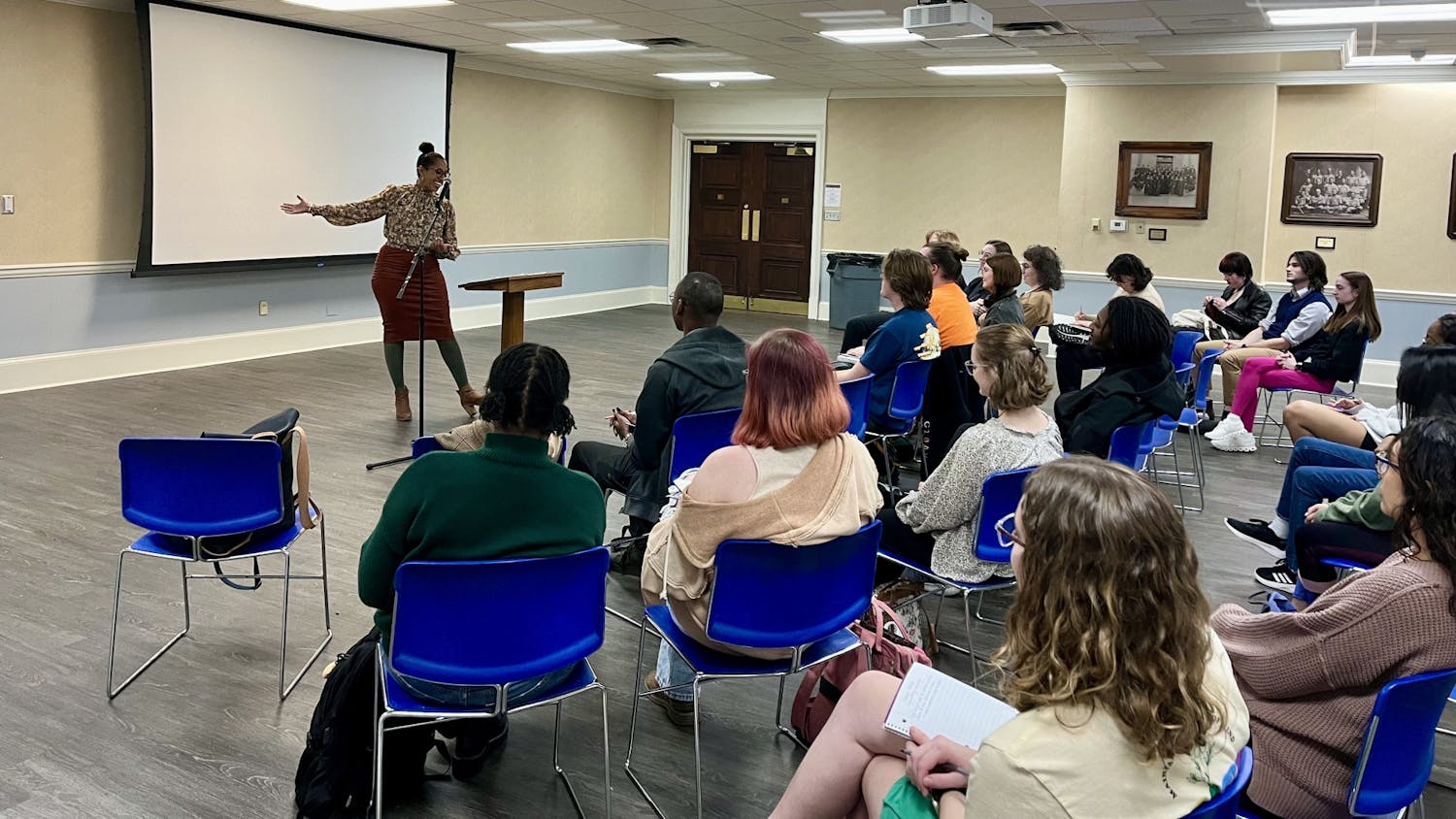When I first read the synopsis for the book “Warm Bodies” (2011), I literally burst out laughing. A zombie love story? Surely the supernatural-romance genre that exploded with “Twilight” had gone too far. I thought the book was bound to be a hysterical farce or an absolutely horrible piece of fiction.
As it turns out, Isaac Marion’s novel is neither awful nor ridiculous. “Warm Bodies” is actually surprisingly philosophical, humorous, aggressively hopeful and at times quite touching. Playing with both romantic tropes and familiar zombie themes, “Warm Bodies” is less a love story than an exploration—and celebration—of what it means to be human.
The story is told through the undead eyes of R, a young zombie of indefinite origin who seems to have more of an issue with his state in life than his fellow animated corpses. The world has fallen to the zombie apocalypse, and only a few human strongholds remain to fight against a hungry world outside the walls of their fortresses. R and the others belonging to his zombie community “live” in an airport outside a city full of human stragglers, whom the zombies hunt when they need to.
This is how R meets Julie: on a feeding mission. While the rest of his pack wipes out Julie’s team, R—inspired by the memories of Julie’s boyfriend, whose brain R has just consumed—makes the decision to protect instead of devour Julie. Julie, though reluctant at first, makes the decision to trust R. The relationship that grows between them begins to change both of them, rippling out to their respective communities in startling, fascinating ways.
The story of Romeo and Juliet provides a pretty obvious undercurrent throughout the novel. Marion has fun with little allusions, such as the characters’ names and roles (R’s best “friend” is named M, short for Mercutio, and Julie’s best friend is a nurse). The tension of two people trying to overcome their warring social groups provides an unavoidable parallel to the original classic, but the book does its best not to take its Shakespearean resonance too seriously. There is a balcony scene, but even Julie herself finds it awkward to navigate and eventually abandons it. Moments like this remind the reader: this is not a story about love, but a story about how love fits into what it means to be alive, and what people will do for the chance to truly live.
On the surface level, “Warm Bodies” has a fairly straightforward plot. The real draw of the book is the development of its two main characters as they challenge their own conceptions of humanity and personhood. Marion’s prose is lovely and lyrical; certain passages read like poetry. He creates a wonderful tension in R, whose brain can still compose lofty thoughts though he can only barely remember how to string sentences together. For a good portion of the book, R is an eloquent mute, and his yearning to communicate is felt in every sentence.
Toward the end of the book—once the characters start interacting more with humans than with zombies—things start to fall apart. The conflict within Julie’s father comes across as a bit of a stretch, and Marion ends up sacrificing character to push his theme. I found the climax disappointing, not only in terms of action but in terms of a very important part of R’s development. The scene will look great in Summit Entertainment’s newly released adaptation of the movie, but its substance left something to be desired.
Conflict resolution aside, the book is a beautiful and fun read. Its subject material nudges the reader’s mind in an existential direction, making the book deliciously thought-provoking. “Warm Bodies” has more heart and brains than many other, livelier books that I’ve read in a long time.




